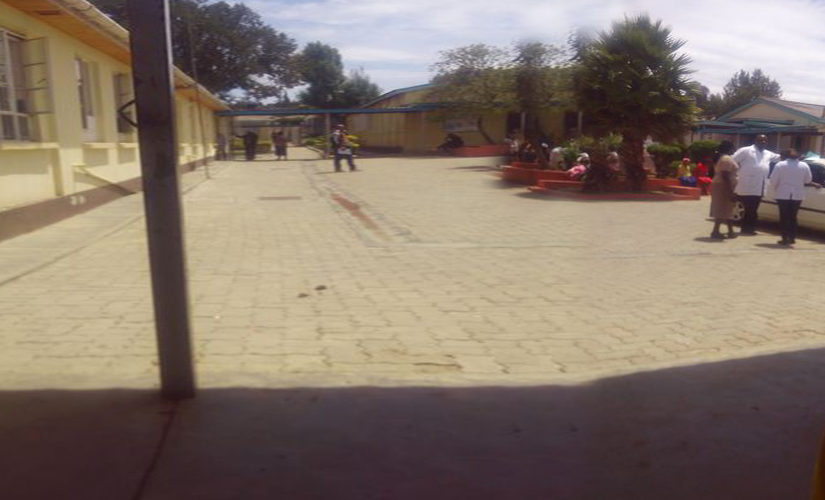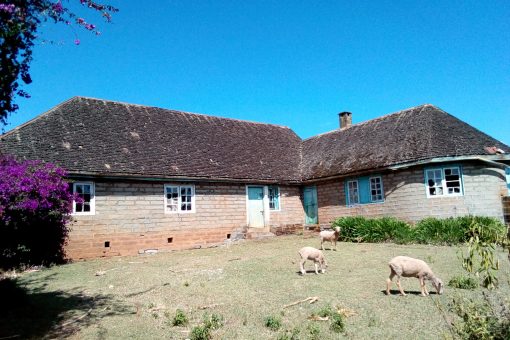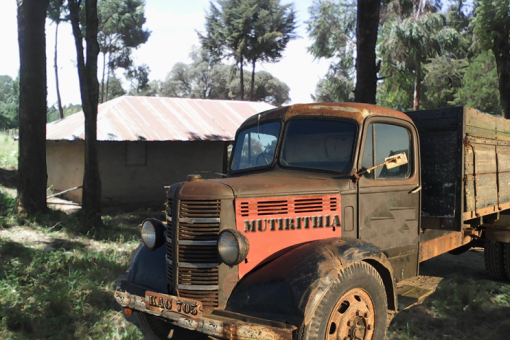That was the most dreaded room in the hospital. Injection needles were not disposable back then like they are today. That meant, the same needles the hospital brought when it opened its doors, were the same needles being re-used on hundreds of patients daily. The needles were boiled in water to sterilize them after each use. Tongs were used to fish them out of the boiling water. They were placed on a metal tray to cool before use. I can still hear the sound of steel needles and syringes clanking on the steel tray. Just like a kitchen knife that gets dull after numerous uses, the needles also got dull (gutuuha) after numerous uses, yet those were the only needles available for use on patients day in day out. That explains why injections were excruciatingly painful.
You could see the scared look on patients faces, including grown men, as their names were called and they entered behind the green curtain to pull down their trousers ready for an injection. After you heard the clinking of metal, you knew the shot was about to be administered. In a few minutes, the same grown man came out of the room, his face twisted with pain as he rubbed his buttock, while dragging one stiff looking leg behind him. You did not need to ask which buttock received the shot, it was obvious. The man limped his way out the door and headed straight for the beautiful garden beside the building. He laid down on the grass for a good thirty minutes before limping his way out of the hospital. The injections made you leave the hospital looking sicker than you did when you came in.
It was not uncommon to have antibiotic injections prescribed for one week. This meant, you had to come back to the hospital every day for seven days until you were done. The nurses giving the injections put a check mark against the shots you already got, and reminded you how many more you had remaining.
There was no filing system in the hospital for patients medical records. Your health was your responsibility. You brought your patient card with you every time you visited the hospital. It had all your previous ailments, diagnosis and treatment. If one lost their treatment card, or forgot it at home, as it so often happened, they were issued a brand new card. Our life was that simple, or not, depending on who you ask. That was how we took care of our health, and look at us now. We are still standing and going strong. I now believe the old adage “What doesn’t kill you, makes you stronger ”. You better believe it. We are a living testament of that.




